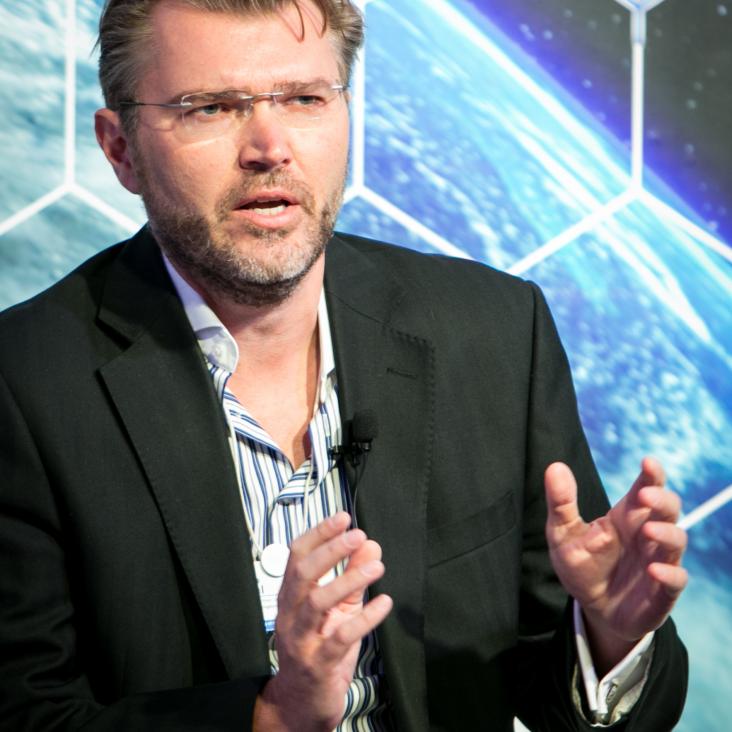Entanglement and topological order in self-dual cluster states
(2010)
Entanglement in disordered and non-equilibrium systems
Physica E: Low-Dimensional Systems and Nanostructures 42:3 (2010) 359-362
Abstract:
We calculate an entanglement witness for a disordered spin system using the method of functional many-body perturbation theory, comparing the effect of taking a quenched and an annealed average over the disorder. We find, on considering the example of an XX Heisenberg spin chain with a Dzyaloshinskii-Moriya interaction, that disorder in the Dzyaloshinskii-Moriya interaction increases the region of entanglement detected by the witness. We also discuss a method of detecting entanglement in far from equilibrium systems. © 2009 Elsevier B.V. All rights reserved.The Elusive Source of Quantum Speedup
Foundations of Physics 40:8 (2010) 1141-1154
Abstract:
We discuss two qualities of quantum systems: various correlations existing between their subsystems and the distinguishability of different quantum states. This is then applied to analysing quantum information processing. While quantum correlations, or entanglement, are clearly of paramount importance for efficient pure state manipulations, mixed states present a much richer arena and reveal a more subtle interplay between correlations and distinguishability. The current work explores a number of issues related with identifying the important ingredients needed for quantum information processing. We discuss the Deutsch-Jozsa algorithm, the Shor algorithm, the Grover algorithm and the power of a single qubit class of algorithms. In the latter, a quantity called discord is seen to be more important than entanglement. One section is dedicated to cluster states where entanglement is crucial, but its precise role is highly counter-intuitive. Here we see that the notion of distinguishability becomes a more useful concept. © 2010 Springer Science+Business Media, LLC.Comment on "Quantum Correlation without Classical Correlations" Reply
PHYSICAL REVIEW LETTERS 104:6 (2010) ARTN 068902


